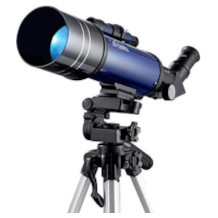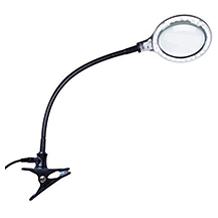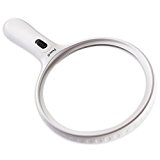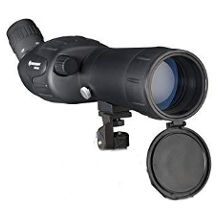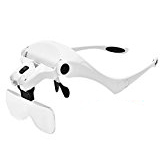Metal detector purchasing advice: how to choose the right product
- The most important facts in brief
- A metal detector uses electromagnetic fields to detect hidden metal objects.
- A device with metal discrimination determines what kind of metal is in the ground before digging.
- A permit is required almost everywhere for both searching and digging.
- There are three modes of operation: Impact frequency, low frequency and pulse induction.
Search and Find – The Treasure Hunt for Everyone
Just about everyone has seen someone waving a beeping metal detector back and forth. At some point, the treasure hunter reaches for the shovel and retrieves a more or less valuable object from the ground. But how do these devices work? A metal detector uses an electromagnetic field to detect metallic objects in the ground. This field is generated by a coil placed under alternating current. The further the magnetic field extends, the better and more accurately the metal detector detects hidden objects.
In the late 19th century, the first metal detectors were developed as auxiliary devices for mining. However, they were not often used because the early models were heavy and consumed a lot of electricity. In 1925, the German-American Gerhard Fischer invented the first lightweight, portable metal detector, which he patented and brought to market in 1931. During the Second World War, the Polish officer Józef Kosacki recognised the usefulness of the device for detecting mines and further developed the metal detector. His model was also still quite heavy, as it was powered by electron tubes. However, since it was a matter of life and death, the weight could be tolerated.
From the 1950s onwards, the development of transistors made it possible to build small and light metal detectors with less clunky batteries. This laid the foundation for modern detectors and private use. Well-known manufacturers of metal detectors today are Garrett, Bosch, Tacklife, Seben, Sunpow and Fisher.
What are metal detectors used for?
As a private person, there are two main areas of application for a metal detector. The first is the search for hidden objects. Whether what is found can be called “treasure” is often a matter of interpretation. Especially for children, such a treasure hunt is great fun. In addition to mere recreational enjoyment, there are many amateur archaeologists who invest a lot of time in what is known as “sondeling”. They are out to find significant objects and classify them historically. This requires more professional equipment than a “walk” with a metal detector. The second possible application is less fun, but all the more useful: for example, when moving into a new house or flat, the metal detector can be used to locate pipes and cables so that they are not damaged during renovation work.
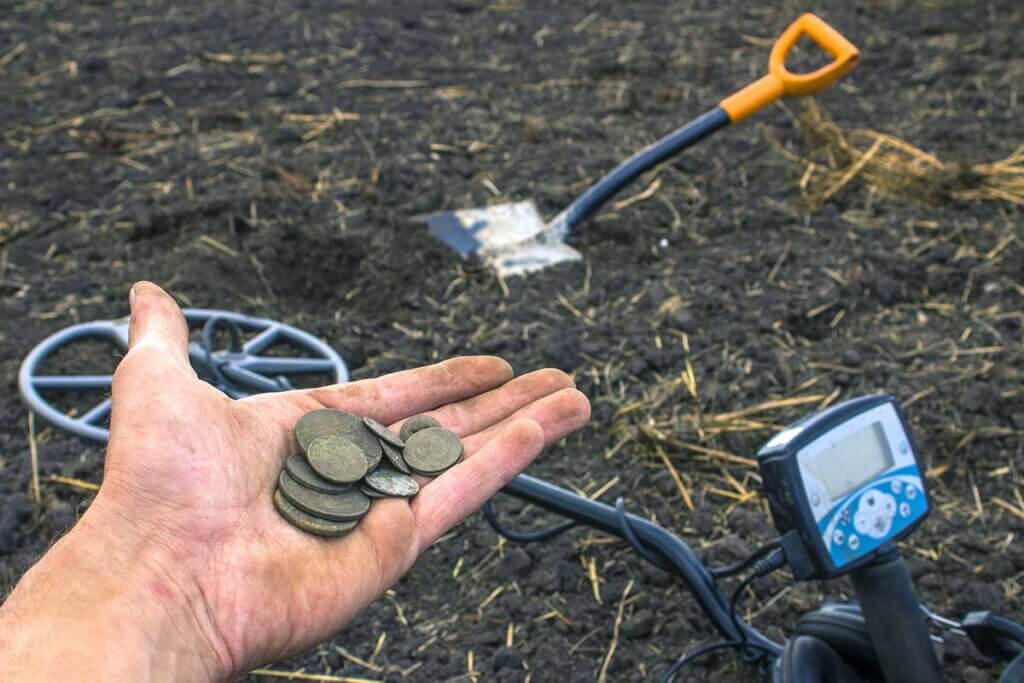
The technology is also used in many other areas. In the food industry, it is used to detect metal residues in food. Wherever wood is sawn on a large scale, a detector helps to locate hidden metal parts so that the workers are not endangered and the saws remain intact. Anyone who has ever flown is familiar with the metal detector in people screening. Last but not least, the search devices are used in explosive ordnance disposal, where they help to find mines, for example.
How does a metal detector work?
The search probe of a detector detects metallic objects with the help of a magnetic field. This field is generated by a coil in the probe that is energised. Because the search probe is swung a short distance above the earth’s surface, the magnetic field reaches below the earth’s surface. If there is a metallic object under the metal detector, the magnetic field changes. This change is registered and indicated by an acoustic or visual signal. Although all search probes work with magnetic fields, there are three modes of operation that differ in detail: “Beat Frequency Oscillator”, “Very Low Frequency”, and “Pulse Induction”.
As far as the external appearance is concerned, the devices always have the same, basic structure. They consist of a search probe, a length-adjustable rod on which the handle and arm support are mounted, and a display. The handling is quite intuitive: The metal detector is held in the hand similar to a crutch. The arm support provides additional stability.
Beat Frequency Oscillator
This is the simplest type of metal detector. It hardly allows any conclusions to be drawn about the exact nature of the metal. The search probe of these devices consists of two oscillators that generate an electromagnetic oscillation. One of the two circuits has a fixed working frequency or reference frequency, which is kept constant by a quartz. This constant oscillating circuit is usually located in the operating element of the metal detector. The second oscillating circuit is conventionally constructed from a coil and a capacitor. The capacitor is a component for storing electrical energy. This coil – the so-called search coil – is located in the probe head and oscillates at almost the same frequency as the other coil. In the mixing stage, the frequencies of the two coils are superimposed. As soon as the search coil hits a metallic object, its frequency changes. The difference between the frequencies resulting from this indicates a find.
Advantages
- Detects any metal and mineral
- Simple and widely used type
- Inexpensive purchase
Disadvantages
- Very sensitive and therefore prone to errors
- Weak signal strength
- Low search depth
Low frequency (Very Low Frequency)
With these detectors, the type of signal already allows conclusions to be drawn about the material found. These metal detectors are considered all-rounders. As the name suggests, they work with very low frequencies. There are two coils in the search head of the device: a transmitter coil and a receiver coil. The transmitter coil generates an alternating magnetic field with a very low frequency, the receiver coil detects changes in this output field. The alternating field of the transmitter coil generates a so-called eddy current in metallic objects, which in turn changes the field. The receiver coil registers these eddy currents, whereupon the metal detector emits an acoustic signal.
Advantages
- Good metal discrimination
- Low susceptibility to errors
Disadvantages
- Moderate range
Pulse Induction
Unlike the other two models, this detector measures the magnetic field of the found object, not the change in its own field. It has only one coil, which serves as both transmitter and receiver. The coil emits short and particularly strong magnetic pulses that generate eddy currents in metal objects. When the magnetic pulses are switched off after a defined period of time, the eddy currents remain in the metal objects for a fraction of a second. These currents are then registered by the coil. In this process, the transmitting and receiving phases constantly alternate with each other.
Advantages
- Good signal strength
- Wide search depth
- Ideal for mineral soils
Disadvantages
- Weak discrimination of metals
- High price
Before you buy – Here’s what you should look out for
Treasure hunting with metal detectors is a popular hobby with a large community. As with any hobby, there is a lot of shop talk, which is why the mass of information can be overwhelming for beginners at first. For the beginning, a solid basic equipment is indispensable. The metal detector must be stable and easy to carry, and it must be able to reliably detect and distinguish between metals. When metal detecting has become your new favourite hobby, you can think about additional equipment.
Digital or analogue display?
Metal detectors indicate a find in two ways: either analogue, or digital. With an analogue metal detector, a find is indicated only by a pointer and an acoustic signal. It is difficult to tell what kind of object it might be before digging. Due to the low level of equipment, analogue devices are often in the lower price segment and are therefore well suited as entry-level devices.
In comparison, a digital metal detector has many setting options and can perform very accurate measurements. Even before digging, a digital display shows what material the object is and the approximate depth of the find. These practical controls come at a price. Digital metal detectors are considerably more expensive than analogue models. However, many detectorists will hardly want to do without the advantages of the digital display. Hobby archaeologists save a lot of work with these devices, as they can simply ignore metals that are of no interest to them.
Search depth
For treasure hunting, the depth at which the metal detector can detect objects plays a major role. Detectors that are not special devices can detect metal down to a depth of 30 to 40 centimetres. At greater depths, however, they become increasingly inaccurate. Most metal detectors are most reliable at finding objects hidden in the ground up to 20 centimetres deep. Devices with larger coils have a better search depth. However, the more important factors for a successful search are the size and mass of the object to be detected and the operating frequency of the metal detector.
How deep can it go?
Manufacturers often specify search depths of one metre or even more. But in practice, commercially available metal detectors only locate very large and massive objects at these depths – if at all. A coin or a ring would no longer be detected at a depth of one metre.
Working frequency
The frequency, given in kilohertz (kHz), indicates how many signals per second the search coil emits and receives. At a low frequency, the signals can penetrate deeper into the ground than at a high frequency. A high frequency, however, is more sensitive to small objects. Most good metal detectors work in a frequency range up to 18 kilohertz. Devices with a higher frequency are something for professionals and correspondingly expensive. Depending on the search object, a certain frequency range is suitable:
- 1 to 5 kilohertz: This frequency has very good depth performance but poor sensitivity to small objects. It is suitable for searching for larger objects or collections of objects (so-called “hoard find”).
- 6 to 9 kilohertz: This frequency range serves as an all-round frequency for searching for medium-sized objects and offers good depth performance.
- 10 to 14 kilohertz: This range is well suited for searching for coins of various sizes. It offers good small object sensitivity as well as good search depth.
- 15 to 19 kilohertz: This frequency also shows very small objects and is therefore ideal for searching for gold nuggets, for example. However, the search depth is quite low.
Power supply
If batteries are not included in the delivery, they have to be purchased later. In most cases, metal detectors are powered by normal AA batteries or 9-volt blocks, which are available in supermarkets. If the device has a built-in rechargeable battery, it can be easily recharged after the treasure hunt.
Weight and size
Especially models with a large range of functions also have a high weight. A heavy device can tire inexperienced wearers quickly. When used for long periods of time, carrying the detector becomes burdensome even for professionals. Here, buyers have to weigh up where their priorities lie. Many metal detectors weigh between one and three kilograms. To protect the arms, it is also important that the probe is well balanced. A very heavy coil forces the body into an unnatural posture. The weight ratio of the coil to the armrest should therefore be balanced.
For the most comfortable use, a length-adjustable boom is indispensable. In order to adapt the device to each user, the length of most detectors can be varied between 60 and 150 centimetres. In order to store the metal detector well, it is advantageous if it can be disassembled into two or three parts above the coil. This way it fits into a large backpack or travel bag.
Metal discrimination
With this function, the search can be limited to certain metals, for example gold, silver or copper. The metal detector then no longer reacts to other objects such as crown caps, aluminium foil and other metal waste. The higher the discrimination level, the more metals are ignored. In a densely populated country like Germany, metal discrimination is indispensable because there are numerous pieces of metal in the ground that are not even visible at first glance. With a detector without the metal discrimination capability, it would be necessary to dig for each object to determine what it is. Metal discrimination is therefore indispensable for the search for certain metals. Even very inexpensive devices today have discrimination.
Small and large discriminations
The word discrimination comes from Latin. Translated, “discriminare” roughly means “to treat differently”. On many units, metal discrimination can be found under “Disc Mode”. The mode that acoustically reports all metals, on the other hand, is called all-metal mode or “All Metal Mode”.
Pinpointer
Many explorers swear by a so-called “pinpointer” for their search. The English verb “to pinpoint” means “to determine exactly” and that is exactly what this device does. A pinpointer is a welcome help, especially with small metal parts. Metal detectors are often too imprecise to determine the exact position of small objects. Determination is also made more difficult by the fact that a detector always has to be swivelled in order to locate. If the probe is simply held over a metal object, the device will not detect anything.
The pinpointer is used when the approximate position of an object has been determined. It indicates a find through vibration and beeps. The closer the device is to the metal object, the faster the signal tone or vibration is repeated. In this way, the object is found unerringly. This eliminates the frustrating experience of digging just past the found object.
The device is not a must for beginners, also because it is quite expensive. However, a pinpointer is a sensible purchase for anyone who regularly goes searching with a metal detector.
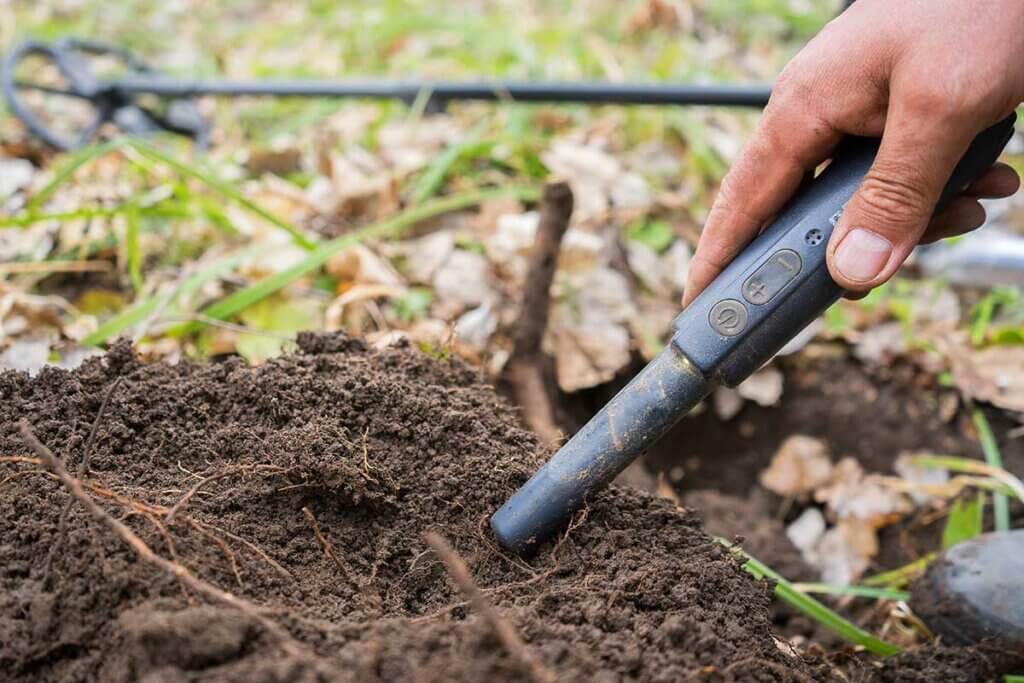
Other accessories
Many amateur archaeologists would never go sounding without headphones. When searching for metal, it can be crucial to hear even very faint signal tones. For example, if you are searching along a busy road without headphones, you may miss an acoustic signal and pass by a find without noticing it. To better determine the location of the find in the ground, the headphones should transmit signals without delay.
Once the treasure is located, it must be lifted. Of course, any shovel can be used to dig for treasure. However, many metal detector dealers offer special digging tools. These include, for example, sand shovels with a special, holey shovel blade through which the sand trickles and exposes the found object. Since digging tools are quite expensive, they are not for beginners who are still trying out the hobby.
If a coil cover is not included in the delivery anyway, it makes sense to get one. This cover is attached under the search head and protects it from scratches and damage.
For the detector and the accessories such as pin pointers and shovels, there are matching bags in which the complete equipment can be optimally stowed and carried. So the treasure hunter starts his search well equipped.
Tips for use
Once you have decided to buy a metal detector, however, you cannot start straight away. There is a lot to consider, especially when it comes to legal issues. After all, you will not only be using the metal detector on your own property. Both the search and the digging for valuable objects, i.e. ground monuments, are subject to strict legal restrictions. Be sure to inform yourself about the applicable regulations on site. Without a permit, probing is largely prohibited.
Where is it allowed to dig?
Most treasure hunters will not want to probe in their own garden, but in more promising places. But digging holes on someone else’s ground without asking and possibly even taking something with you is not only rude, but also forbidden. In almost all cases, you need a digging permit from the responsible monument authority as well as permission from the landowner. Most monument offices are happy to authorise searches on farmland, but not in forests or meadows. It is not permitted to search specifically for a “treasure”, i.e. a ground monument, without an excavation or investigation permit. Anyone who comes across a ground monument by chance must report the find.
The following places are definitely excluded for a treasure hunt:
- Digging on ground monuments and cultural monuments is a criminal offence, even if they are not marked.
- Digging on or in waters that are part of a soil or cultural monument is prohibited.
- Searching and digging in nature conservation areas is prohibited.
- Searching and digging in suspected areas where explosive ordnance may be present is prohibited.
- Cemeteries and graves are off limits.
- Digging in sown fields, meadows or forests is prohibited.
How do I get a digging permit?
To do so, you need to talk to the state monument authority responsible for the intended search area. Write an e-mail and explain your intention. The application for permission is followed by an informational interview with the archaeologist in charge. The archaeologist can then issue a temporary permit for the selected search area.
Try to obtain an excavation permit for new find areas instead of searching near already known soil and cultural monuments. Apart from fields, old tree stands, bridges, the vicinity of mills as well as hiking trails and old paths between villages are suitable for this purpose.
If you want to find valuables, you can try to do so in public places such as car parks and fairgrounds. In many cases, this is even possible without a permit. Often you don’t even have to dig in such places to discover lost money or jewellery. Beach searches are also permitted on almost all German coasts. Therefore, it is a good idea to take the metal detector with you on your beach holiday. Nature reserves, private beaches and military exclusion zones are exempt from this.
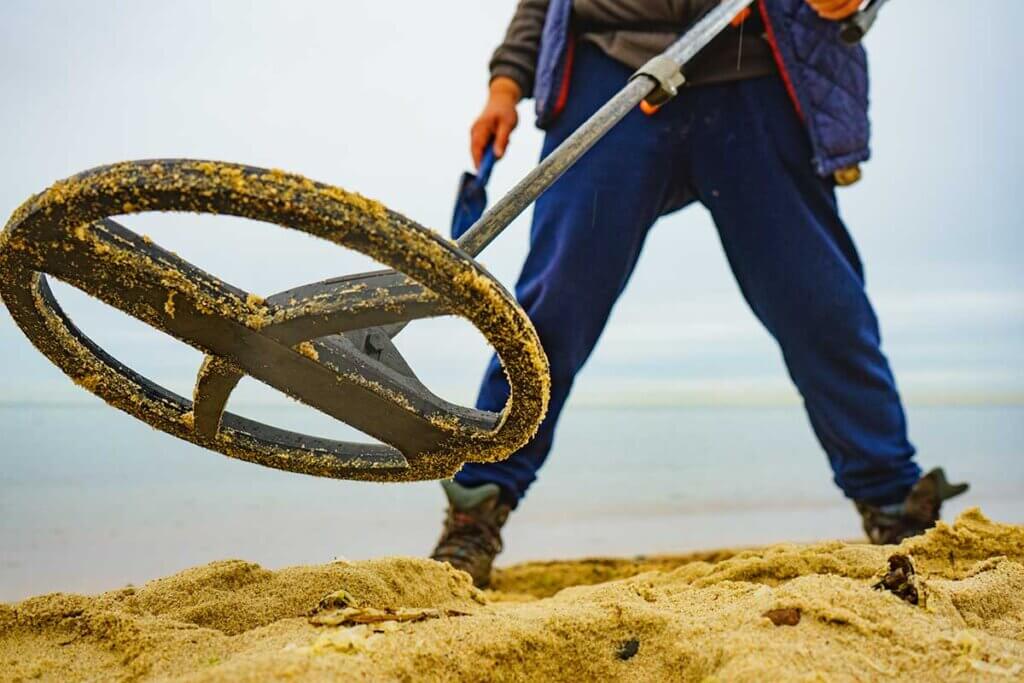
Why is excavation subject to authorisation?
There is a clear answer to this: when explorers dig for finds, there is a risk that archaeologically important features, clues and contexts will be destroyed. Archaeologists speak of the so-called find context. For this, even objects that at first glance or in fact have no financial value are important. But even antique waste has a value if it is properly classified scientifically.
Notorious is the case of the Nebra Sky Disk, which was found by illegally searching explorers. Outstanding finds like this automatically become public property. But the two explorers sold the find to a collector. After several years of investigation and several arrests, the disc was returned to the possession of the state of Saxony-Anhalt. The two looters were sentenced to four and nine months suspended prison terms.
What happens to a find?
In all German states except Bavaria, the so-called “Schatzregal” applies. The term goes back to the sovereign rights of a ruler known as “regalia” in the Middle Ages. Nowadays, this is the state. Unowned, previously unknown “treasures” automatically become the property of the state when they are found. This applies not only to gold coins and jewellery, but to all ground monuments, i.e. archaeological cultural monuments. In Bavaria, the ownership rights to a find are shared between the finder and the property owner.
Always document interesting finds
If you have made an important find, it is important to measure it. The archaeologist in charge needs this data to establish the context of the find. The GPS data, which you can determine with a GPS device or an app on your mobile phone, is crucial. The location and depth of the find must be written down and documented with a photo.
Always take scrap finds with you
You will not always find a small or large treasure. In most cases, the found object will be something you can do less or nothing with, in short: scrap. Nevertheless, you should always take this scrap with you instead of burying it again. Cans, crown caps and the like can easily be disposed of in a public waste bin. Larger objects for which you cannot find a use will be accepted by the scrap yard or a scrap dealer. As a general rule, you should fill in any hole you have dug so as not to leave any dangerous tripping hazards.
Posture and guidance of the tool
Adjust the adjustable handle to your height so that you can guide the metal detector comfortably in an upright position. The search coil should be about 50 to 70 centimetres maximum from your feet. A very long adjusted pole will increase the search field, but it will reduce the comfort considerably. Do not stretch the arm with which you hold the detector, but bend it slightly.
The search head is guided at a low height of about one centimetre above the ground, because every centimetre above the ground is lost in depth performance. The search coil should, if possible, always be in a parallel position to the ground. It is therefore not guided upwards like a pendulum at the end of a search movement. Pan the unit in a slow, constant motion from left to right while moving forward at a leisurely pace. The swivel speed is about one swivel per second. This is another reason why the correct body posture is important so that sounding does not become excessively strenuous.
Fig. 1: © Torkhov / stock.adobe.com | Fig. 2: © Syoma / stock.adobe.com | Fig. 3: © Voyagerix / stock.adobe.com

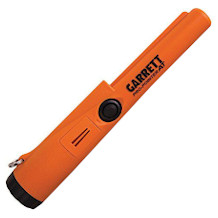
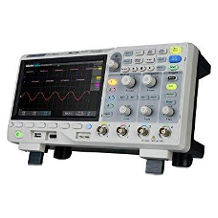

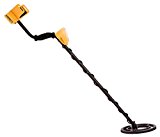
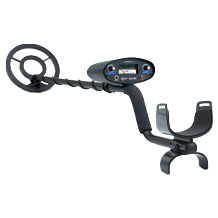
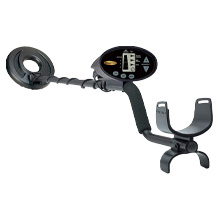
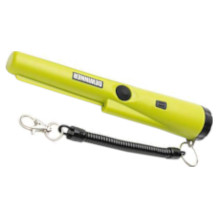
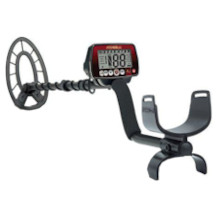
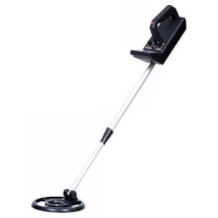
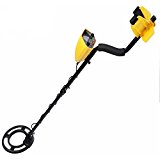
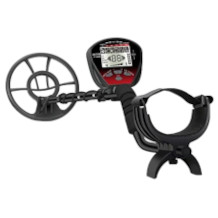
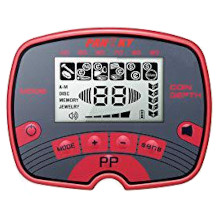

 12,351 reviews
12,351 reviews

